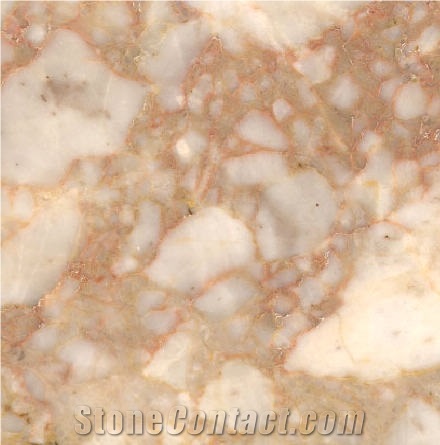Breche Romaine
 France
(Cap Romarin, Narbonne, Dept. Aude)
France
(Cap Romarin, Narbonne, Dept. Aude)
Brèche Romaine is no longer being mined

What is the coefficient of friction of Leathered France's Breche Romaine Marble tiles?

Can France's Breche Romaine Marble be used in landscaping?

What is the average water absorption of France's Breche Romaine Marble?

Is France's Breche Romaine Marble an expensive stone?

Can France's Breche Romaine Marble be used outdoors?

How thick is France's Breche Romaine Marble slabs?

What grade is France's Breche Romaine Marble?

Can France's Breche Romaine Marble be used in a kitchen?

Are there color variations of France's Breche Romaine Marble?

Can France's Breche Romaine Marble be used exterior applications in hot climates?
The request includes: 1. surface finished, size 2. quantity required







